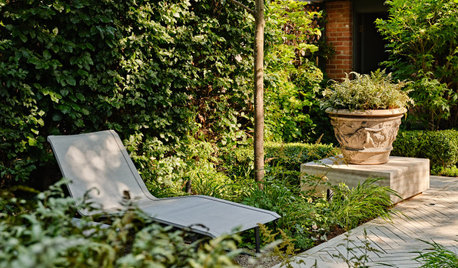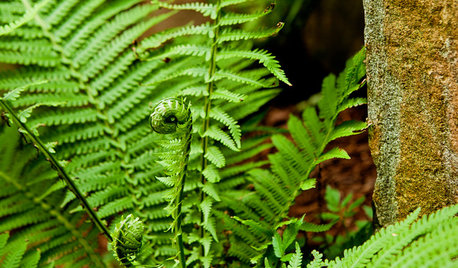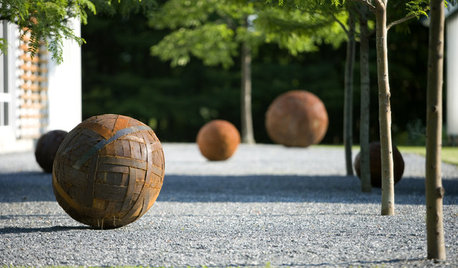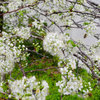Question on Rhododendrons
manature
15 years ago
Related Stories

GARDENING GUIDESBackyard Birds: Invite Entertaining Hummingbirds Into Your Garden
Hummingbirds — unique to the Americas — zip through open landscapes seasonally or year-round. Here’s how to attract them
Full Story
LANDSCAPE DESIGNHow to Create a Beautiful Shade Garden
Turn the cool, shady spot in your garden into your own quiet oasis
Full Story
GARDENING GUIDESGreat Design Plant: Ostrich Fern (Matteuccia struthiopteris)
Try this giant among ferns for a showstopping sight in a shady or even somewhat sunny woodland garden
Full Story
GARDENING GUIDESNew Ways to Think About All That Mulch in the Garden
Before you go making a mountain out of a mulch hill, learn the facts about what your plants and soil really want
Full Story
GARDENING GUIDESLessons in the Rewards of Selfless Gardening
Let go of gardening for your own vision and watch the garden’s own true vision come forth
Full Story
LANDSCAPE DESIGNWhat Kind of Gardener Are You? Find Your Archetype
Pick from our descriptions to create a garden that matches your personality and tells your story
Full Story
FALL GARDENINGWhy Fall Is the Best Time for Planting
Spring is overrated for planting. Starting plants in autumn has advantages for both garden and gardener
Full Story
DECORATING GUIDESTaste a Rainbow: 11 Top Home Decorating Colors and How to Use Them
Prime yourself for spring painting season with our color-happy guide to working with popular shades around the home
Full Story
GROUND COVERSGround Force: 10 Top Ground Covers for Your Garden
Protect your soil from weeds and drought this summer with a living mulch of ground covers
Full Story
MOST POPULAR20 Ways to Work White Magic in Your Yard
Create enchanting outdoor spots with fresh white fences, florals and furniture
Full Story





SaintPFLA
whgille
Related Discussions
Rhododendrons for my area
Q
RHododendron Cunninghams White pruning question
Q
Question on Rhododendrons I Just Purchased
Q
Need help diagnosing rhododendron problem (with pic)
Q
castorp
annafl
manatureOriginal Author
castorp
manatureOriginal Author
castorp
manatureOriginal Author
wing560
SaintPFLA
manatureOriginal Author
wing560
wing560
manatureOriginal Author